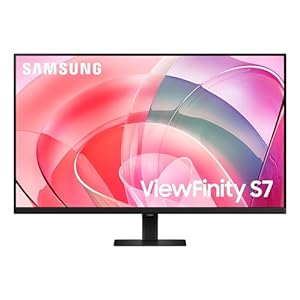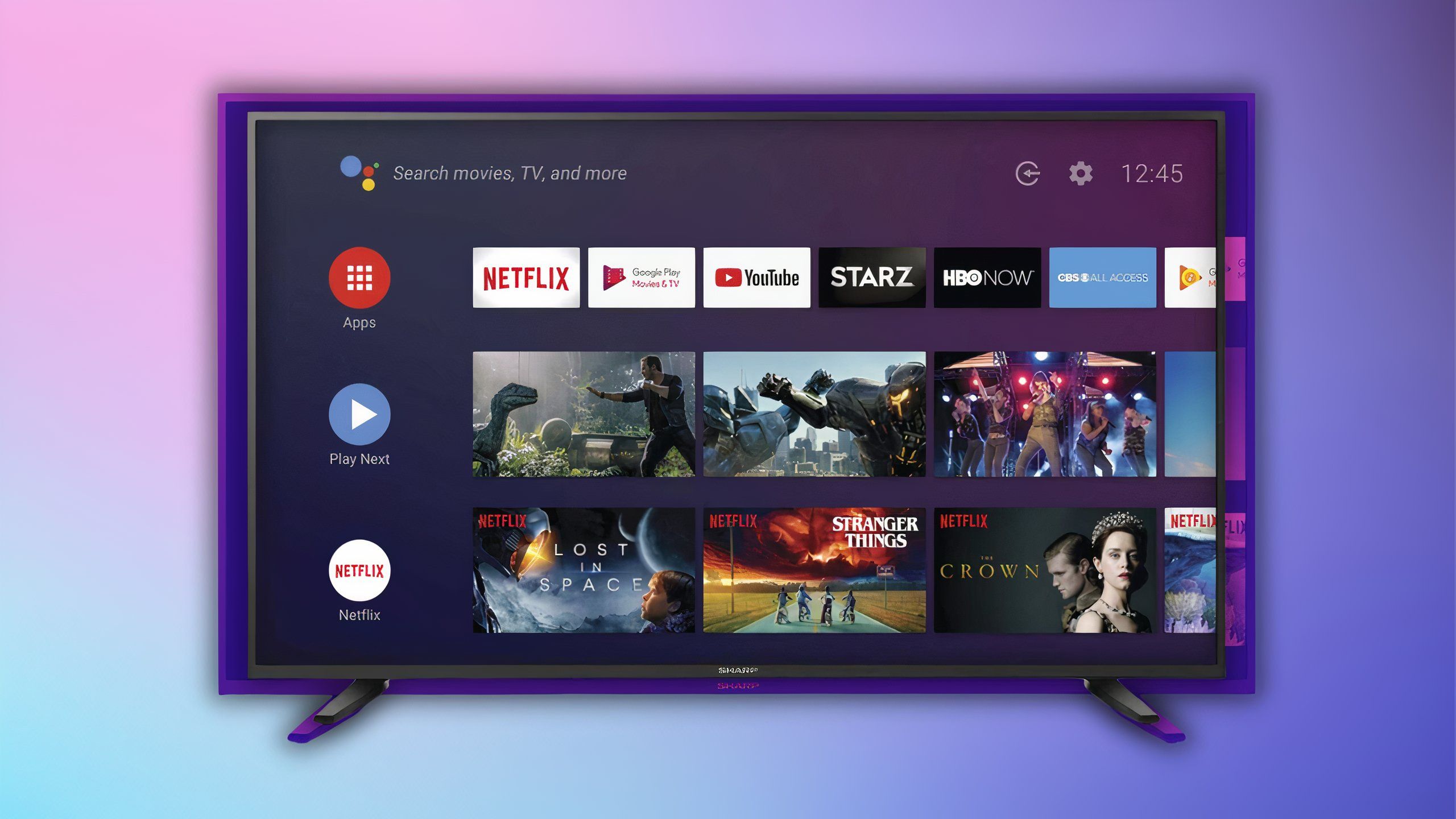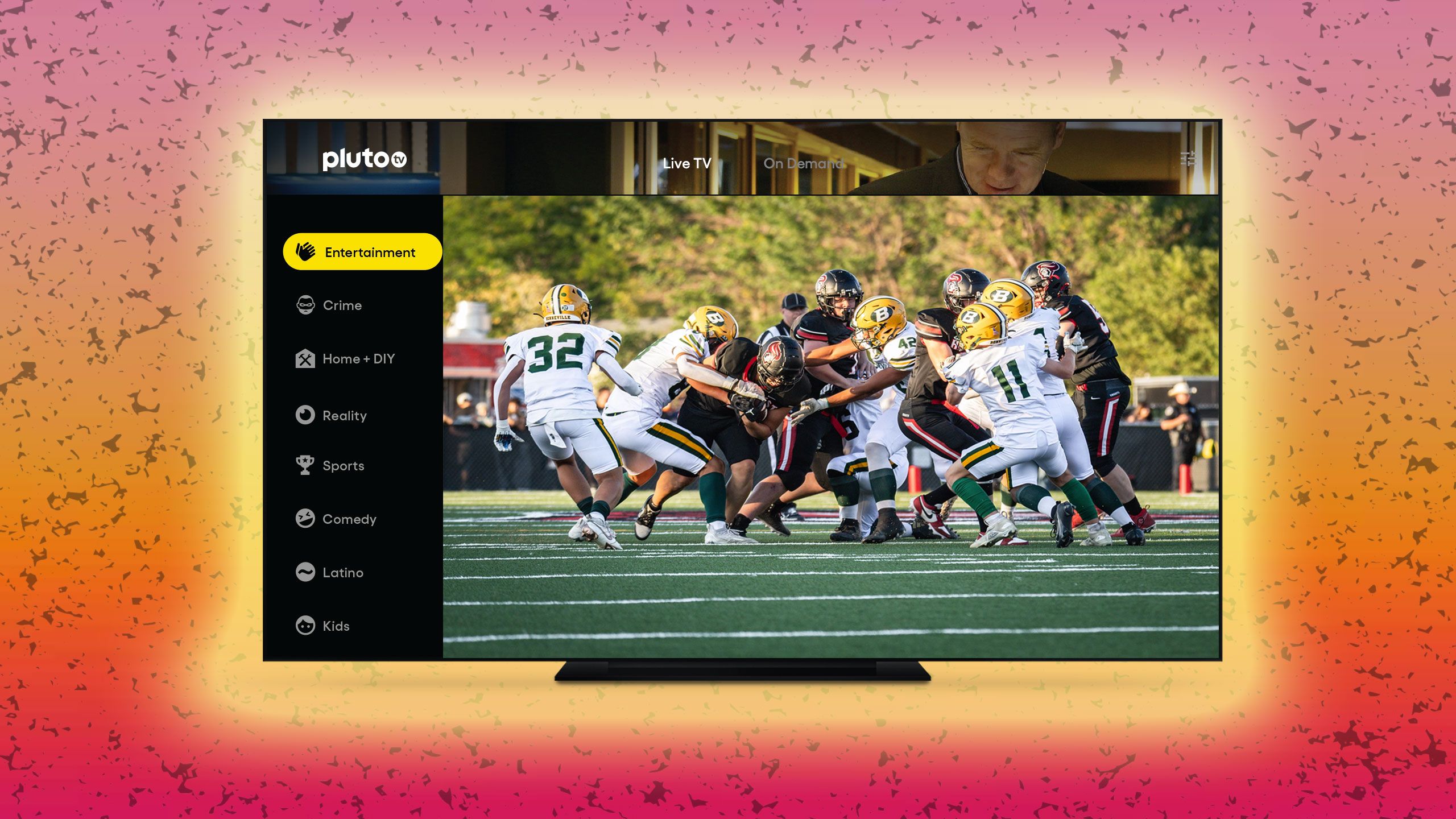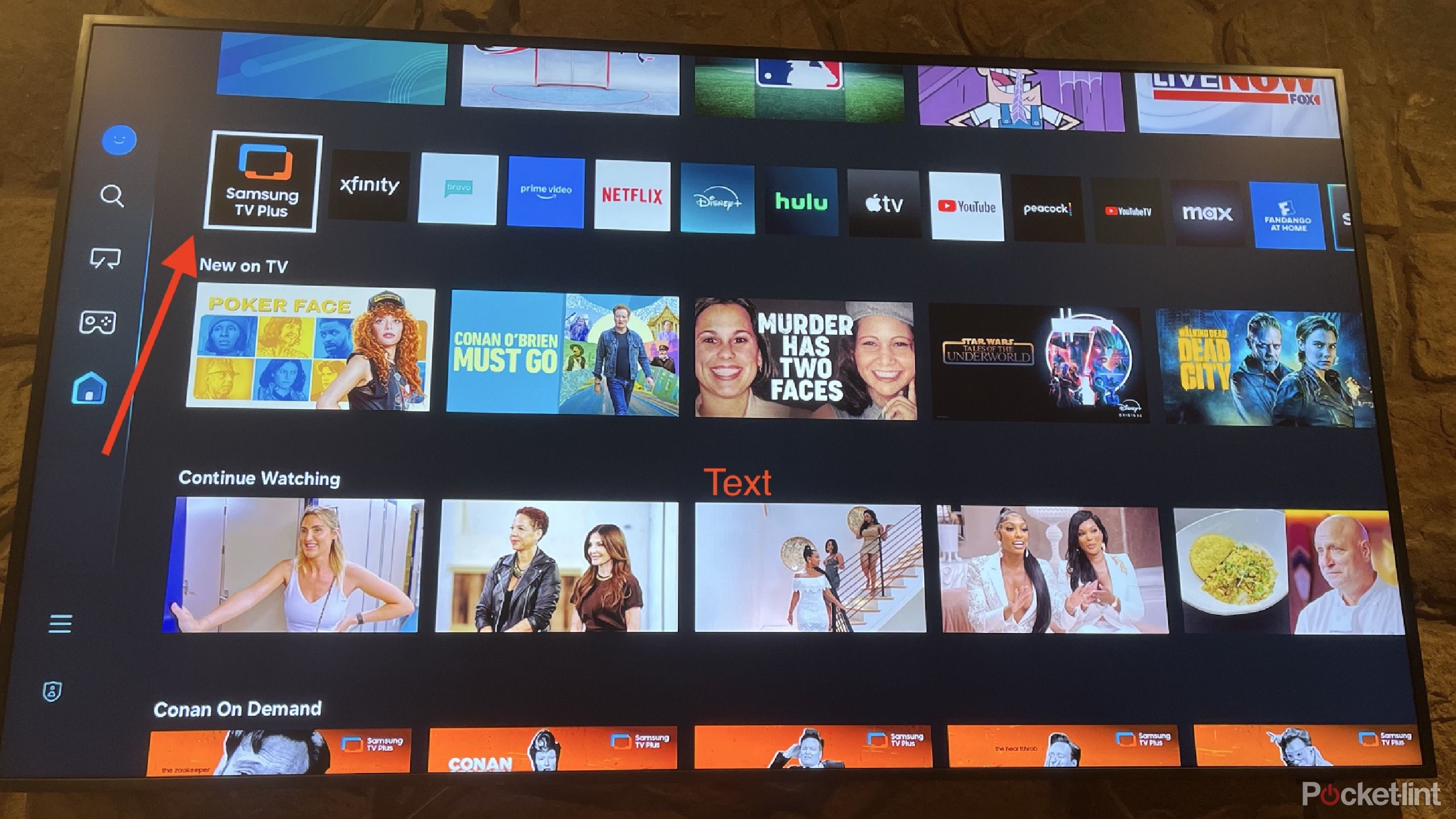Summary
- Adjusting TV audio settings can enhance your viewing experience.
- Motion smoothing provides realism, but may not be ideal for all content.
- Identifying motion smoothing terms on your TV is crucial for adjusting settings.
Understanding the proper
settings for your TV
can be difficult. Most people will just leave the settings that the TV were set at when they first turned it on. They probably don’t realize there are a lot of ways to enhance your TV through some simple changes or that there are potentially different modes for viewing.
Motion smoothing is one such feature you can enable, and its goal is to make for a very real viewing experience. It wants you to feel like you’re in the room with the people on screen. But what you may not realize is, in certain circumstances, this is a massive hindrance to your overall viewing experience. There are some exceptions, but here’s why you shouldn’t have motion smoothing as a preset option on your TV.
Related
These new YouTube TV features make it a must-have for football fans this fall
Youtube TV was already the best place to watch football, but it’s getting even better thanks to two new features.
What is motion smoothing?
You don’t always need to use it
Pocket-lint / Sharp
Motion smoothing, or motion interpolation, is a feature that does have a good use case. It reduces the blur that comes from fast and rapid movements by adding extra frames between the original frames that you’re seeing.
Motion smoothing is also known as the “soap opera effect” because it makes everything look very realistic. You can feel like you’re in the room with the characters in a scene. But, this can be disorienting because many shows or movies aren’t meant to be viewed this way. It makes things look like they are shot on video when many movies are shot on film and don’t want or need additional frames added in.
Why the “soap opera effect” can be jarring
There’s a lot going on, so why not smooth it?
Think about what actually happens when you’re adding in frames and smoothing out the action. It is taking something that wasn’t meant to be shot this way and altering it. It may seem extreme, but motion smoothing is changing what a filmmaker has created. It’s a nice feature to have in a few instances, but there are reasons why Tom Cruise is against it.
It makes your viewing experience too real. It can actually take you out of understanding that you’re watching a movie. This is an odd phenomenon, but the “soap opera effect” moniker is pretty dead on. Anybody that has watched a soap opera knows that you’re meant to feel like you’re up close within the scene. It’s what draws you into the drama. But movies shot for a theater screen aren’t often made for audiences to feel like they’re a part of the movie. They are meant to realize they are sitting back, relaxing, and viewing a piece of content.
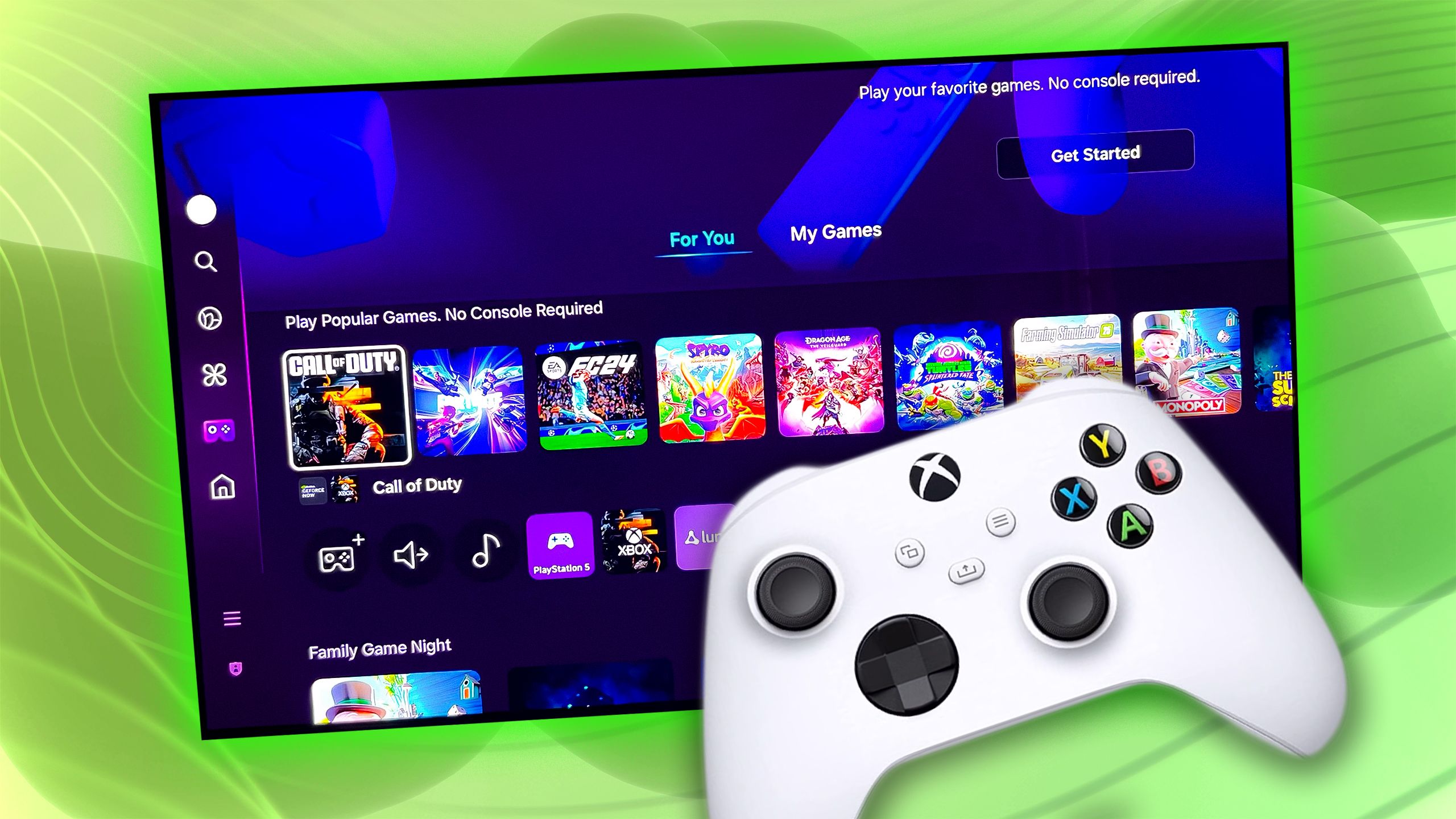
Related
5 hidden Samsung smart TV features you should be using
From workouts to working at home, the latest Samsung TVs offers versatile use and personalization.
When you should keep motion smoothing on
There are use cases for it
Pluto TV / Tim Mossholder / Unsplash / Pocket-lint
Motion smoothing is great for watching sports. The fast-paced action of a basketball or football game can make it feel a bit jarring and the TV may struggle a bit to catch up with the action. Having motion smoothing on will eliminate that bit of blur and lag and make it a more smooth and enjoyable viewing experience. While you may not want to make it feel like you’re sitting alongside Tom Cruise during a crazy stunt, you may want to feel like you’re in the stadium watching the game.

Related
5 bizarre AI TV features that simply shouldn’t exist
Don’t get swayed by fancy marketing language because these aren’t helpful.
Is motion smoothing called that on every TV?
Unfortunately, it isn’t uniform
Of course, because there are so many different TVs and different operating systems, they don’t all call motion smoothing the same thing. This can be a challenge for anyone who is cognizant of the feature and wants to be able to toggle it on and off. Motion smoothing or video interpolation are the industry terms for them in Hollywood, but manufacturers don’t all use the same terminology.
What’s important to remember is that the settings for motion smoothing are almost always going to be found in the Picture menu on your TV.
For example, on an LG smart TV, motion smoothing is called TruMotion. On a Samsung TV, you can find it under either Clear Motion or Auto Motion Plus (why does Samsung have multiple names for something?) On a Sony TV, it is called Motionflow. More TV operators have used action smoothing, motion clarity, and LED motion clarity. It’s smart to search for what your specific TV brand calls it so you know how to turn it on or off.

Related
The best Apple TV feature has nothing to do with streaming
It’s impossible to beat the Apple TV’s stellar-looking screensavers.
Some people may like the look of motion smoothing on their TV. They may want to feel like they’re inside the content. That’s okay if you are that person. But many people may be watching a movie or show and it just may not be hitting their eye quite right. That’s because motion smoothing is changing the frames per second (FPS) to make it seem more lifelike.
When adjusting FPS, it speeds up what you’re actually seeing by just chopping and adding more to what you need. Sometimes, motion smoothing can make your content jump from 24 FPS, which is standard for most viewings, to 120 FPS. This can be that jarring effect that just doesn’t view properly. Adjusting it on the fly depending on what you’re watching can be an annoyance. But knowing when to deploy it can help you to enjoy the content more.
Trending Products

SAMSUNG FT45 Sequence 24-Inch FHD 1080p Laptop Monitor, 75Hz, IPS Panel, HDMI, DisplayPort, USB Hub, Peak Adjustable Stand, 3 Yr WRNTY (LF24T454FQNXGO),Black

KEDIERS ATX PC Case,6 PWM ARGB Fans Pre-Installed,360MM RAD Support,Gaming 270° Full View Tempered Glass Mid Tower Pure White ATX Computer Case,C690

ASUS RT-AX88U PRO AX6000 Twin Band WiFi 6 Router, WPA3, Parental Management, Adaptive QoS, Port Forwarding, WAN aggregation, lifetime web safety and AiMesh assist, Twin 2.5G Port

Wi-fi Keyboard and Mouse Combo, MARVO 2.4G Ergonomic Wi-fi Pc Keyboard with Telephone Pill Holder, Silent Mouse with 6 Button, Appropriate with MacBook, Home windows (Black)

Acer KB272 EBI 27″ IPS Full HD (1920 x 1080) Zero-Body Gaming Workplace Monitor | AMD FreeSync Know-how | As much as 100Hz Refresh | 1ms (VRB) | Low Blue Mild | Tilt | HDMI & VGA Ports,Black

Lenovo Ideapad Laptop Touchscreen 15.6″ FHD, Intel Core i3-1215U 6-Core, 24GB RAM, 1TB SSD, Webcam, Bluetooth, Wi-Fi6, SD Card Reader, Windows 11, Grey, GM Accessories

Acer SH242Y Ebmihx 23.8″ FHD 1920×1080 Home Office Ultra-Thin IPS Computer Monitor AMD FreeSync 100Hz Zero Frame Height/Swivel/Tilt Adjustable Stand Built-in Speakers HDMI 1.4 & VGA Port

Acer SB242Y EBI 23.8″ Full HD (1920 x 1080) IPS Zero-Body Gaming Workplace Monitor | AMD FreeSync Expertise Extremely-Skinny Trendy Design 100Hz 1ms (VRB) Low Blue Gentle Tilt HDMI & VGA Ports
